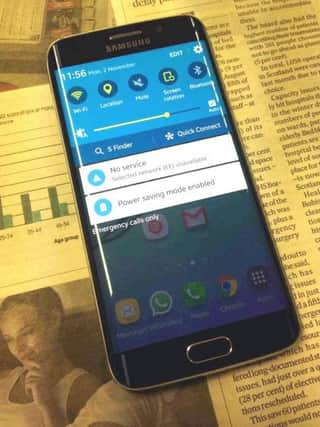Tips for reducing smartphone battery consumption


Enable your phone’s battery saving mode
It may sound obvious, but the majority of smartphones now feature a battery saving mode that dims the screen, reduces the power of the processor and even stop apps from syncing until they’re opened. Samsung’s Battery Saver and Apple’s Low Power Mode can both be enabled from their settings menu, for example, with extreme power saving even rendering the screen images in black and white to conserve energy.
Turn off the vibrate function
It may be a discreet way of notifying you of incoming calls and messages, but the battery power needed to vibrate your phone is much more than that needed to sound a ringtone. By the same token, turning off haptic feedback when typing will also increase battery operation time. Consider using your phone’s silent mode if you still need notifications without noise, or put your phone into airplane mode when you’re asleep so that it doesn’t drain battery or delivery unnecessary notifications at your bedside.
Manually adjust screen brightness
Advertisement
Hide AdAdvertisement
Hide AdAs the largest component on your smartphone, the fancy LED HD touch display is a notorious battery-drainer. Automatic screen brightness controls adapt to the lighting environment around you, but use a lot of battery in doing so. Manually adjust this to get the best balance between the two.
It’s good to disconnect
Not using Wi-Fi, Bluetooth, NFC or any other of the myriad tech features of your device? Even when you’re not using them, these programmes are often running in the background and utilising your phone’s processing power unnecessarily. Turn off a combination of these programmes and you should see a marked improvement in your battery life.
Disable GPS settings
Android users in particular may be plagued by heavy battery usage if they’re reliant upon their map app to get around. Switching your Location settings off when you don’t need them in your apps should improve your battery life and make your phone more responsive, too.
Charge your battery properly
While most of the current crop of smartphones have a fast charging function, it’s still generally advisable to recharge your phone from as low a battery level as you possibly can and avoid top-ups wherever possible. This advice does depend on the type of Li-Ion, NiMH or NiCd battery fitted to your phone, so do check your manufacturer’s specifications for the best charging routines.
Removing the bloat extends to your phone too
There’s no point having a large memory on your phone and filling it with apps you no longer use. Take some time to clean your phone of apps, photos, music and files that you don’t require any more in order to eliminate any unwanted background processes stealing your valuable power.